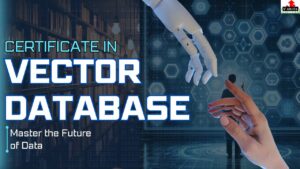Selecting the appropriate database for your application is a crucial decision that can significantly impact the success of your project. To make an informed choice, it is essential to consider various criteria that align with your specific needs. This comprehensive guide will provide you with a detailed overview of the key factors to evaluate when selecting a database.
Data Type and Structure
- Structured Data: If your data is highly structured, with well-defined fields and relationships, a relational database like MySQL, PostgreSQL, or Oracle might be the most suitable choice.
- Semi-Structured Data: For data that has a flexible structure, such as JSON or XML, a NoSQL database like MongoDB or Cassandra can be a good option.
- Unstructured Data: If your data is unstructured, such as text, images, or audio files, a vector database like Pinecone, Milvus, or FAISS would be more appropriate.
Query Patterns
- Complex Joins: If your application requires frequent and complex joins between tables, a relational database might be the best choice.
- Similarity Search: For applications that involve finding similar items based on their features, a vector database is ideal.
- Ad-Hoc Queries: If you need to perform frequent ad-hoc queries, a database with a flexible query language, such as SQL or NoSQL, would be beneficial.
Scalability and Performance
- Data Volume: Consider the expected size of your dataset and how it will grow over time. The database should be able to handle your anticipated data volume.
- Query Performance: Evaluate the database’s performance in terms of query response times and throughput. Consider factors like indexing, query optimization, and hardware resources.
- Horizontal Scalability: Assess the database’s ability to scale horizontally, allowing you to add more nodes to handle increasing workloads.
Cost
- Licensing Costs: Consider the licensing costs associated with the database, including upfront payments, annual fees, or usage-based pricing.
- Maintenance Costs: Evaluate the ongoing costs of maintaining the database, such as hardware, software updates, and administrative overhead.
- Cloud vs. On-Premise: Determine whether a cloud-based or on-premise deployment is more suitable for your organization based on factors like cost, scalability, and security.
Integration and Ecosystem
- Compatibility: Ensure that the database is compatible with your existing systems and tools.
- Ecosystem: Consider the availability of drivers, connectors, and tools for the database. A rich ecosystem can simplify development and integration.


